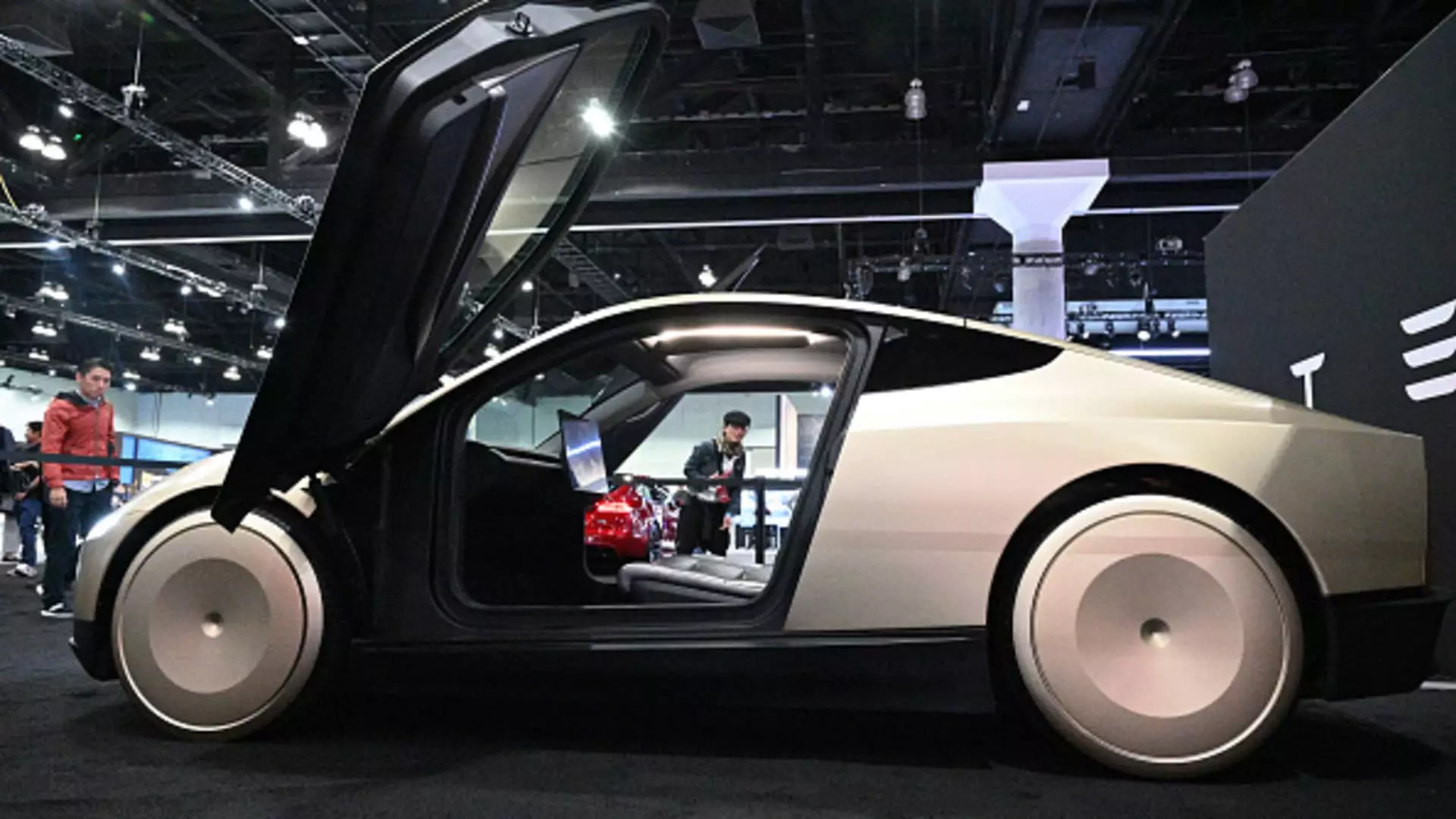California has long been the epicenter of innovation, where tech dreams collide with reality amid sprawling highways and iconic palm trees. The recent announcement from the California DMV, unveiling a set of proposed regulations for self-driving vehicles, is a profound moment that could redefine our transportation landscape. As we dive into this brave new world of autonomy, the stakes couldn’t be higher, and the sentiments surrounding it range from enthusiastic anticipation to stark skepticism.
This new regulatory framework aims to cover an extensive range of autonomous vehicles, from nimble robotaxis to heavily laden driverless trucks, highlighting the ambitious scope of California’s vision. The DMV touts these proposals as the “nation’s most comprehensive rules” dedicated to self-driving technology. Yet, one cannot help but question whether ambition may quickly become hubris, as the continuous push for innovation often overlooks critical safety concerns that have dogged this industry since its inception.
Promises and Pitfalls of Autonomous Technology
The hype around companies like Tesla, Waymo, and Zoox has further complicated the public’s perception of self-driving technology. Tesla, constantly heralded for its cutting-edge advancements, has not yet secured the necessary permits for autonomous deployment in California, which raises a crucial dilemma about accountability and trust. If even the industry’s beacon of innovation can’t meet safety standards, what does this say about the broader landscape of autonomous vehicles?
In a system where billions hinge on the performance of self-driving cars, the narrative promoted by companies often spins tales of safety whilst downplaying inherent risks. The reality is that the complexities of human behaviors and unpredictable environments pose risks that technology has yet to master fully. California’s new rules advocate for a methodical approach with mandated testing and stringent regulations, which is a step in the right direction. Still, one must ponder whether these measures will be sufficient to mitigate the looming catastrophes that could arise from hasty advancements.
Competitive Dynamics: A Double-Edged Sword
Amidst these regulatory developments, the influence of competition cannot be ignored. The race for superiority in the autonomous vehicle arena has propelled companies to cut corners, often sacrificing public safety for market share. The acknowledgment of Waymo’s successful operation of a robotaxi service in urban centers like Los Angeles is juxtaposed against Tesla’s ongoing legal troubles regarding deceptive marketing practices. This juxtaposition illustrates a stark reality: while forward-thinking may promise futuristic convenience, it could also lead to dangerous overconfidence in flawed systems.
The proposed regulations’ requirement for extensive testing and data transparency could level the playing field. However, this necessitates rigor from the DMV to enforce compliance effectively. If regulatory oversight falters, it could lead to a repeat of historical mistakes—namely, allowing unchecked technological growth at the cost of human safety.
The Ethical Quandary of Data and Responsibility
Perhaps the most contentious aspect of California’s new regulations is the stringent data-reporting requirement for autonomous vehicle manufacturers. As technology advances, the ethical implications surrounding consumer privacy and data security cannot be sidelined. The temptation for companies to prioritize metrics over morality looms large, particularly when incidents occur, as laid bare by the backlash following Tesla’s Autopilot and Full Self-Driving systems litigation. The public must scrutinize what data is being collected, how it is utilized, and who ultimately bears the responsibility for accidents caused by these vehicles.
The juxtaposition of innovation versus regulation in California’s decision-making prompts compelling questions: Who owns the data collected by these vehicles? How can we truly ensure accountability in a world where human oversight is increasingly replaced by algorithms? While the DMV’s proposed framework is a necessary stride towards safer autonomous technology, it opens the Pandora’s box of ethical dilemmas that must not go unanswered.
In this whirlwind of progress and uncertainty, California is embracing a more robust regulatory environment, but it must tread carefully. The path to truly autonomous travel is replete with perils that demand our full attention—not just for the betterment of technology but for the safety of the very society it aims to serve.


Leave a Reply